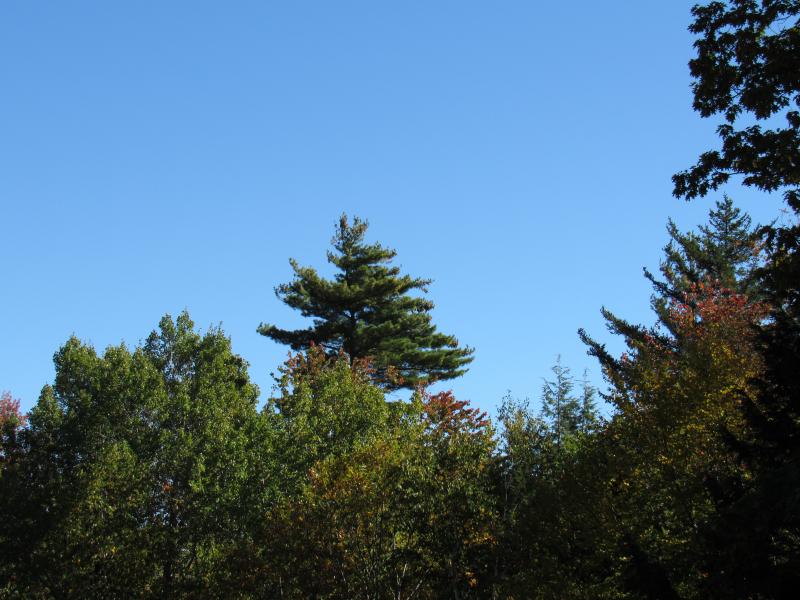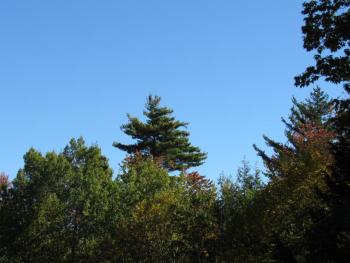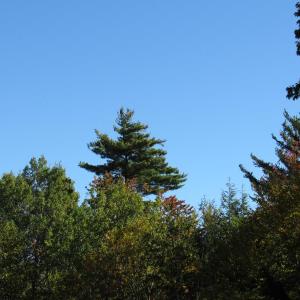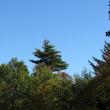Kristen Lindquist: Growing your natural literacy, one Maine state symbol at a time
One of the first steps toward achieving what I like to think of as "natural literacy" about a place is learning the basics. Your understanding of a particular place expands as you become more familiar with what lives in that landscape with you. And where better to start than with three of the common species that we have designated as official state symbols?
Let's start with an easy one. It shouldn't surprise anyone that the Pine Tree State's official tree is the Eastern White Pine. But did you know the white pine cone with tassel has been our unconventional State Flower since 1895?
The state seal and flag feature a farmer and a sailor flanking a pine tree. And that little tree tucked next to the lighthouse on the Maine commemorative quarter is supposed to be a white pine. So for starters, every Maine resident should at least be able to identify a white pine.
As the largest conifer in the northeast, the white pine often stands out above surrounding trees. In colonial times white pines of a certain size, the King's pines, were exclusively reserved for masts for the British Royal Navy. The state's longtime timber industry, however, has ensured that no 200-plus-foot pines have survived.
Pines are often confused or lumped together with other conifers such as spruces or firs. (Your typical Christmas tree is not a pine tree, but a Balsam fir.)
White pine needles are long and soft, from two to five inches long, hanging in clusters called fascicles; conifers that aren't pines generally have much shorter, sharper needles not bundled in fascicles. White pine cones, growing up to about six inches long, are much larger than other local conifer cones, as well. In the Midcoast area, the red pine is the only other wild pine you might come across. Telling them apart is easy—white pine fascicles almost always contain five needles, upon which you can spell W-H-I-T-E, unlike the red pine's two. Health tip: pine needles contain a lot of Vitamin C!
Most of us can probably identify the Maine State Bird. The cute little Black-capped Chickadee is one of the most common birds found in the woods and a frequent visitor to our feeders. In the dead of winter, it sometimes feels like chickadees and crows, both social birds that hang out in flocks, are the only birds still with us. We might have chosen something more original than the State Bird of Massachusetts, but who doesn't love a chickadee?
This tiny bird can grow quite comfortable around people and is probably the easiest songbird species to train to eat birdseed from your hand. When I refill my birdfeeder, the fearless chickadee barely waits for me to step away before flying back to the seed. Pairs have no qualms about nesting in backyard birdhouses.
A chickadee at your feeder might seem piggish, but it probably isn't eating every seed it flies off with. Chickadees cache food, storing it for as long as several months before consuming it. Studies have recently discovered that the part of a chickadee's brain responsible for spatial memory actually grows new brain cells each fall to help the bird remember where all its cached food is! For a nonmigratory bird, this attribute must be crucial to winter survival.
The chickadee's call is distinctive: a lively, buzzy "chickadee-dee-dee." Interestingly, studies have revealed that this seemingly simple call conveys complex concepts, with changes in tone or pitch indicating a wide range of different meanings, from alarm calls to inter-flock communication to assertions of social hierarchy.
This time of year, when it's allegedly spring, you may also hear the chickadee's courtship song, a two-part whistle that some translate to "fee-bee" (not to be confused with the Eastern Phoebe's two-part, raspier call we'll start hearing a little later in spring).
Another Maine state symbol to look for this spring is the State Herb. (I know, who knew we had a State Herb?) Our State Herb, designated in 1999, is wintergreen. Perhaps it was chosen for historical reasons, to commemorate how colonists drank wintergreen tea during the Revolution when the British tea tax made imported tea too expensive.
Steeped as a tea, aromatic wintergreen has long been recognized to possess medicinal qualities, aiding with digestion and sore throats—so this presumed hardship was probably good for the colonists' health, at least. Crushed leaves and wintergreen oil contain a chemical compound related to that in aspirin and can be similarly effective with pain and inflammation.
This low-lying plant has dark, glossy, oval-shaped leaves that remain green year-round. Found in the forest understory and in clearings—along trails in Camden Hills State Park, for example—clusters of the tough-stemmed wintergreen serve as a hardy ground cover. Because its leaves are evergreen, the plant photosynthesizes food from sunlight all year and so doesn't die back. Wintergreen berries stay on the plant through fall and winter. Its small, white, bell-like flower blooms in summer.
Other names of wintergreen include checkerberry and teaberry. If you chew on the edible berries, the taste is reminiscent of the old Clark's teaberry gum. The leaves too have a minty fragrance. Although not technically in the mint family, the plant is used as a common "mint" flavoring in not only gum but also smokeless tobacco and oral hygiene products (Tom's of Maine's offers a wintermint-flavored toothpaste, for example).
This is just the tip of the state symbol iceberg, as it were, and thus a very brief introduction to the natural beings that we have chosen to define our state. Maine also has a State Mammal (moose) Insect (honeybee), Berry (Wild Blueberry), Gem (tourmaline), Soil (Chesuncook Soil Series), Fish (Landlocked Salmon), Crustacean (lobster, of course!), and even a State Fossil (Pertica quadriferia). Hopefully in future columns I can touch upon some of them in more detail, as well, to help us all feel like we know our home state and our wild neighbors just a little better.
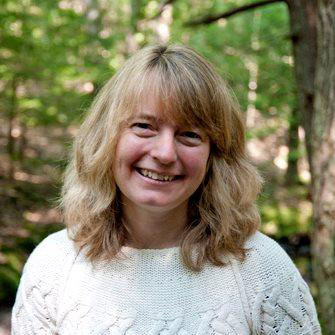 Kristen Lindquist is an amateur naturalist and published poet who lives in her hometown of Camden.
Kristen Lindquist is an amateur naturalist and published poet who lives in her hometown of Camden.
Snow Buntings—Bringing winter to life
Winter life inside a beaver lodge
Migrating flickers and falcons
Orchids —They're not just in the tropics
• Meditations on an unlikely harbinger of spring
• Meditations on the Snow Goose
• Sky-watching during the holiday season
• Understanding the Aurora Borealis
• Get to know the constellation Gemini
• Celebrate September’s full moon
• Northern Sky basics with the Big Dipper
• Early Christmas morning: Look up! A full moon, and Orion bright in the sky
Event Date
Address
United States

